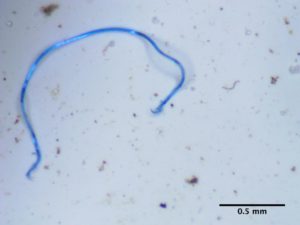 It turns out that it rains tons and tons of tiny pieces of plastic each year! These tiny pieces of plastic, called microplastics, are carried like dust in the wind and air currents around the earth, and eventually come down like dust. Or particles from nearby urban areas can come down in rain, storms, and snow.
It turns out that it rains tons and tons of tiny pieces of plastic each year! These tiny pieces of plastic, called microplastics, are carried like dust in the wind and air currents around the earth, and eventually come down like dust. Or particles from nearby urban areas can come down in rain, storms, and snow.
Researchers from a study looking at dust and rainwater samples in 11 western United States parks estimate that more than 1000 tons of this stuff fall each year just on this area alone. They estimate that 4% of the dust deposited on the land had microplastics in them, and nearly all samples had microplastics in them. The researchers found that an average of "132 plastics per square meter" was deposited each day. Yikes!
Where does it come from? Most of the microparticles were microfibers that came from synthetic textiles used for clothing (shed when worn or from washing, drying) and carpeting. But also industrial processes, outdoor equipment, industrial paints and coatings). Since plastics are persistant, they break up into little pieces over time and become microplastics.
Which means tons and tons more of these microplastics are falling on the rest of the United States and world, including us. How much are we breathing in? And what, if anything, is it doing to us?
So far studies have found microplastics in foods, drinking water, estimates of humans ingesting more than 74,000 microplastics each year, that we are breathing them in, and that they are found in human stool . Also, it is known that microplastics can accumulate and harm wildlife, and can move up the food chain.
It doesn't look good for us as plastic production (348 million metric tons of plastic produced worldwide in 2017) and plastics in the environment keep increasing. We need to address this problem. Now.
Excerpts from a good article on this study: A threat from above: Plastic rains down on US National Parks and Wilderness areas
Last August, scientists delivered the chilling news that microplastics suspended in the Earth's atmosphere were being deposited in remote areas of the Arctic and Europe. Now researchers report similar microplastic accumulation in iconic American protected areas including the Grand Canyon and Joshua Tree. ...continue reading "It’s Raining Microplastics"
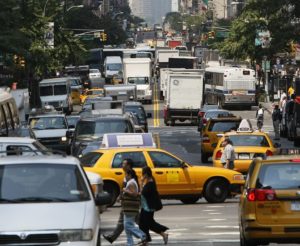 It turns out that there is another serious source of air pollution in cities that is not usually mentioned - the emissions from roof and road asphalt, especially on hot and sunny days.
It turns out that there is another serious source of air pollution in cities that is not usually mentioned - the emissions from roof and road asphalt, especially on hot and sunny days.
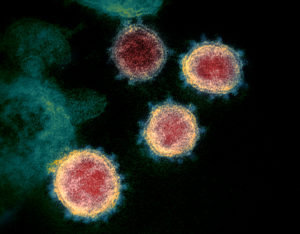 Covid-19 is a weird and scary virus. It turns out that while most people report none or minimal symptoms from a Covid-19 infection, there are also thousands of people reporting prolonged symptoms. Instead of being sick with Covid-19 for 2 weeks or so (the average for mild cases), they get sick with the viral infection and then it never seems to go away. There may be big ups and downs with a wide variety of serious symptoms (including neurological and gastrointestinal symptoms, fatigue, fevers, heart palpitations), but they are still sick weeks or months after the initial infection.
Covid-19 is a weird and scary virus. It turns out that while most people report none or minimal symptoms from a Covid-19 infection, there are also thousands of people reporting prolonged symptoms. Instead of being sick with Covid-19 for 2 weeks or so (the average for mild cases), they get sick with the viral infection and then it never seems to go away. There may be big ups and downs with a wide variety of serious symptoms (including neurological and gastrointestinal symptoms, fatigue, fevers, heart palpitations), but they are still sick weeks or months after the initial infection.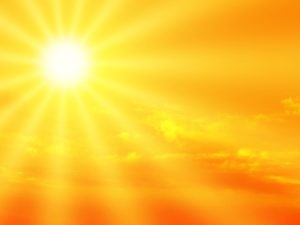 Will 2020 be the warmest year on record? Early signs
Will 2020 be the warmest year on record? Early signs  It turns out that it rains tons and tons of tiny pieces of plastic each year! These tiny pieces of plastic, called microplastics, are carried like dust in the wind and air currents around the earth, and eventually come down like dust. Or particles from nearby urban areas can come down in rain, storms, and snow.
It turns out that it rains tons and tons of tiny pieces of plastic each year! These tiny pieces of plastic, called microplastics, are carried like dust in the wind and air currents around the earth, and eventually come down like dust. Or particles from nearby urban areas can come down in rain, storms, and snow.
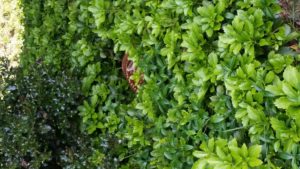
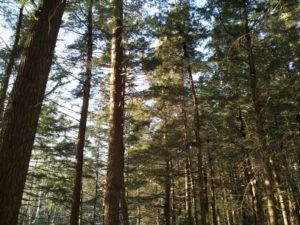 Today is the fiftieth anniversary of Earth Day!
Today is the fiftieth anniversary of Earth Day!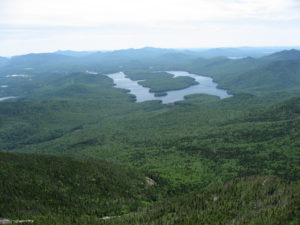


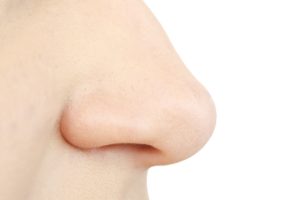 Have you recently lost your sense of taste or smell? Then you may be infected with the coronavirus COVID-19, even if you don't display any other symptoms.
Have you recently lost your sense of taste or smell? Then you may be infected with the coronavirus COVID-19, even if you don't display any other symptoms. Chemicals of all sorts are frequently discussed on this site, especially those causing harmful health effects (e.g.pesticides, flame retardants). Developed countries depend on all sorts of chemicals and "chemical technologies", and they are present in most manufactured products. But how many chemicals manufactured by the chemical industry are actually out there? What do we know about them?
Chemicals of all sorts are frequently discussed on this site, especially those causing harmful health effects (e.g.pesticides, flame retardants). Developed countries depend on all sorts of chemicals and "chemical technologies", and they are present in most manufactured products. But how many chemicals manufactured by the chemical industry are actually out there? What do we know about them?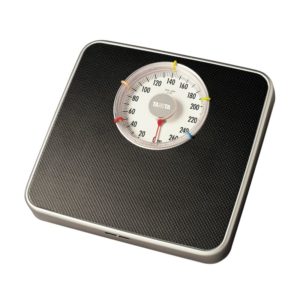 Many, many women experience weight gain after menopause, with many experiencing "belly rolls" for the first time in their life. All women say that it is especially hard to lose weight after menopause, even though there are many health reasons to do so (e.g. postmenopausal weight gain is a cause of breast cancer).
Many, many women experience weight gain after menopause, with many experiencing "belly rolls" for the first time in their life. All women say that it is especially hard to lose weight after menopause, even though there are many health reasons to do so (e.g. postmenopausal weight gain is a cause of breast cancer).